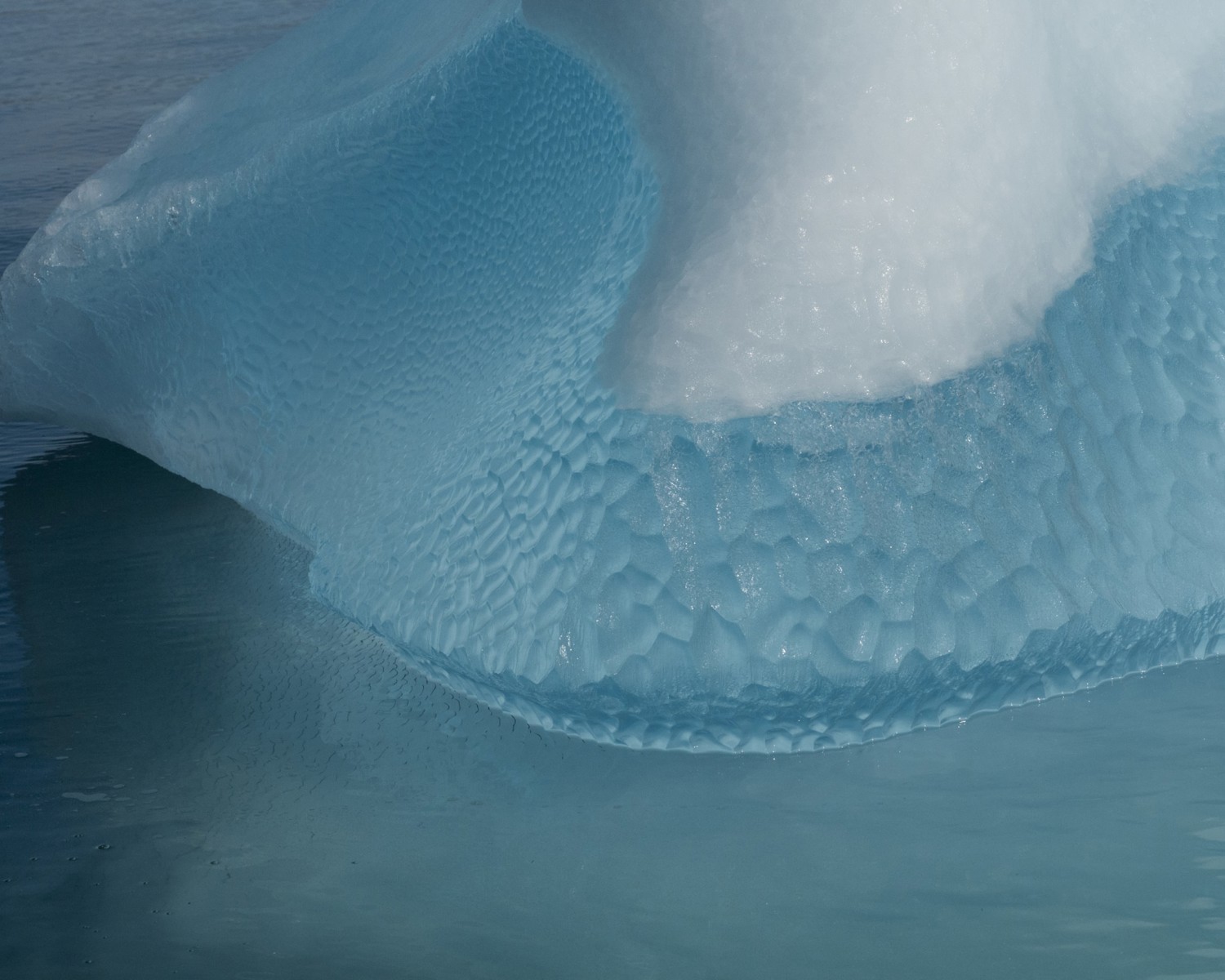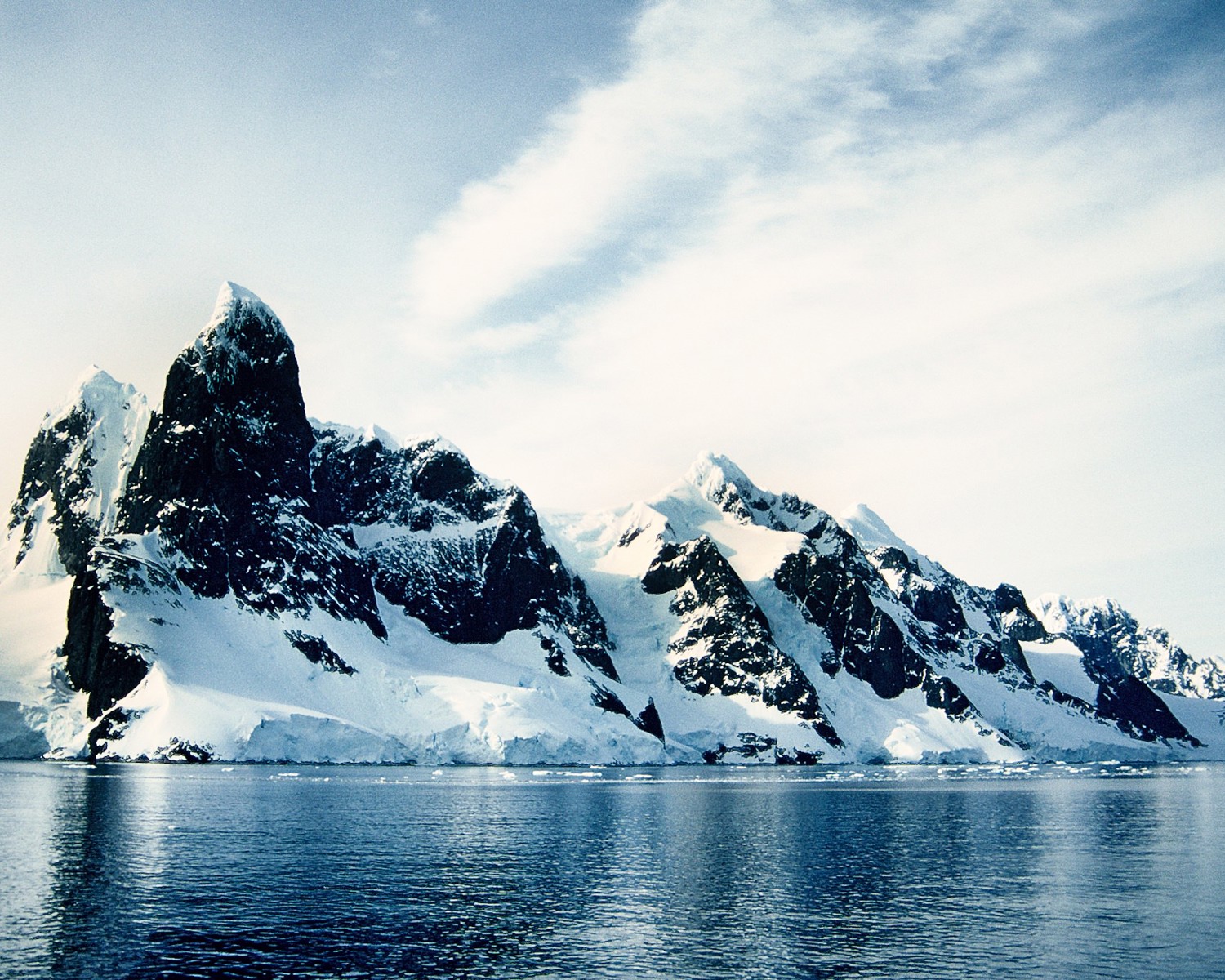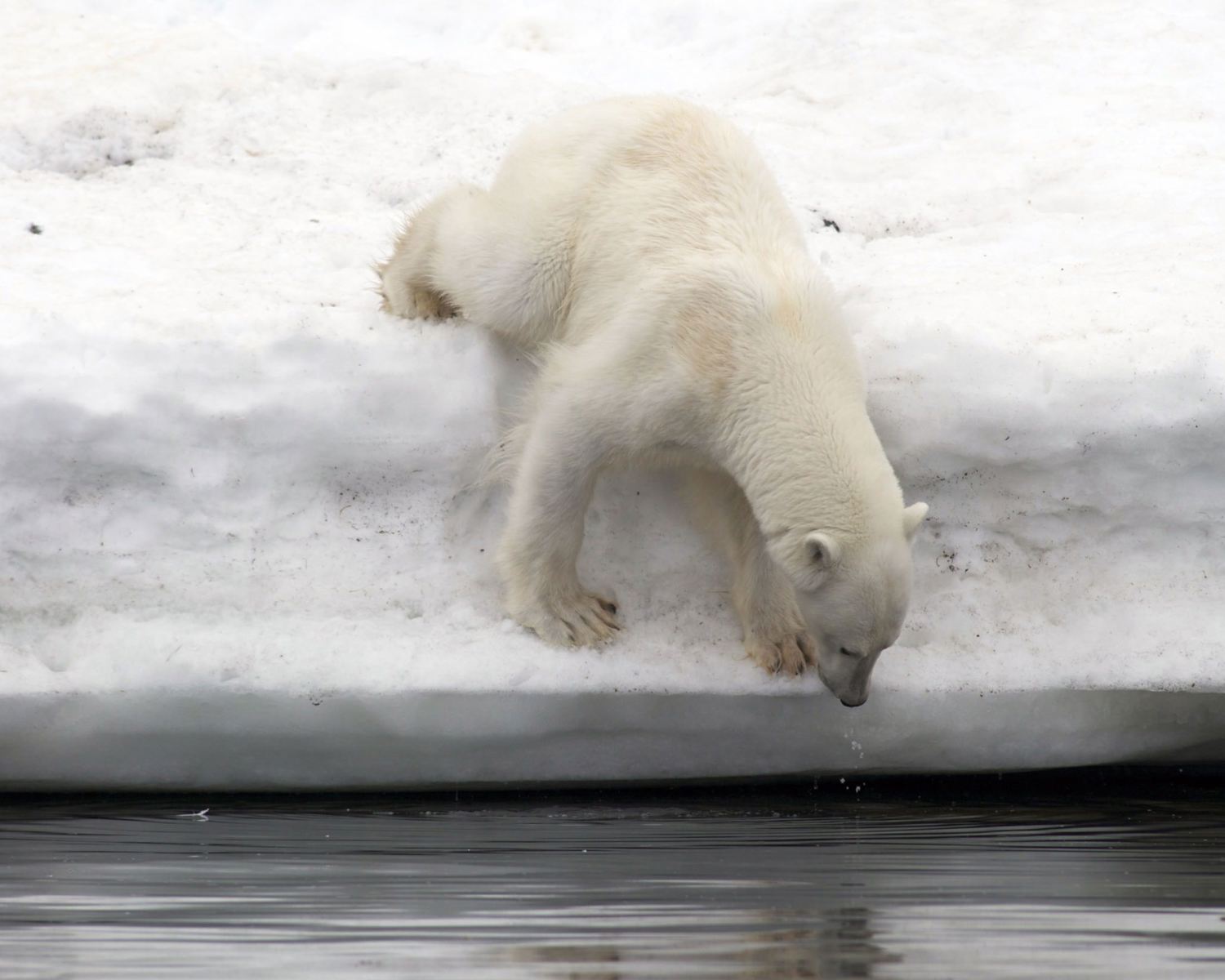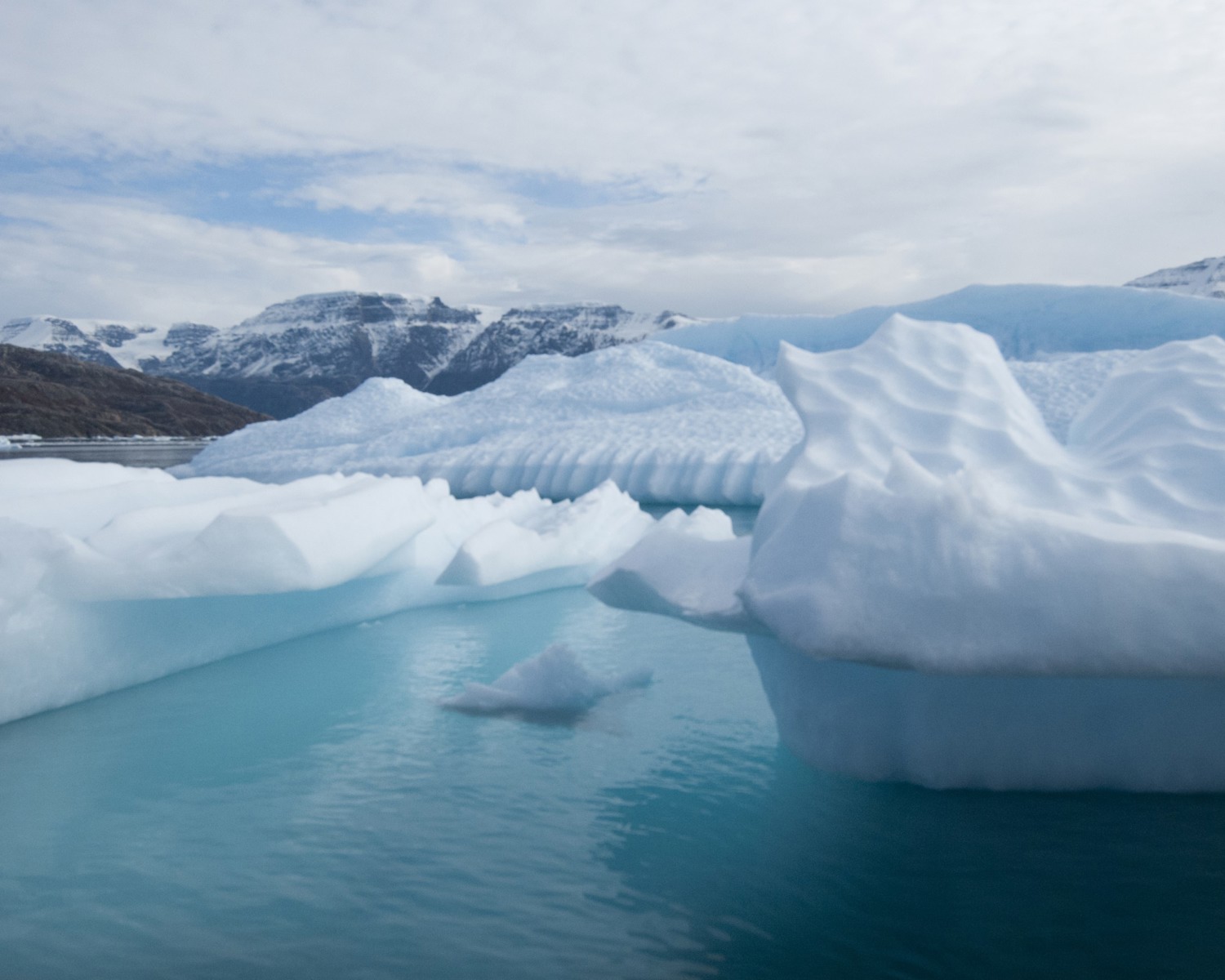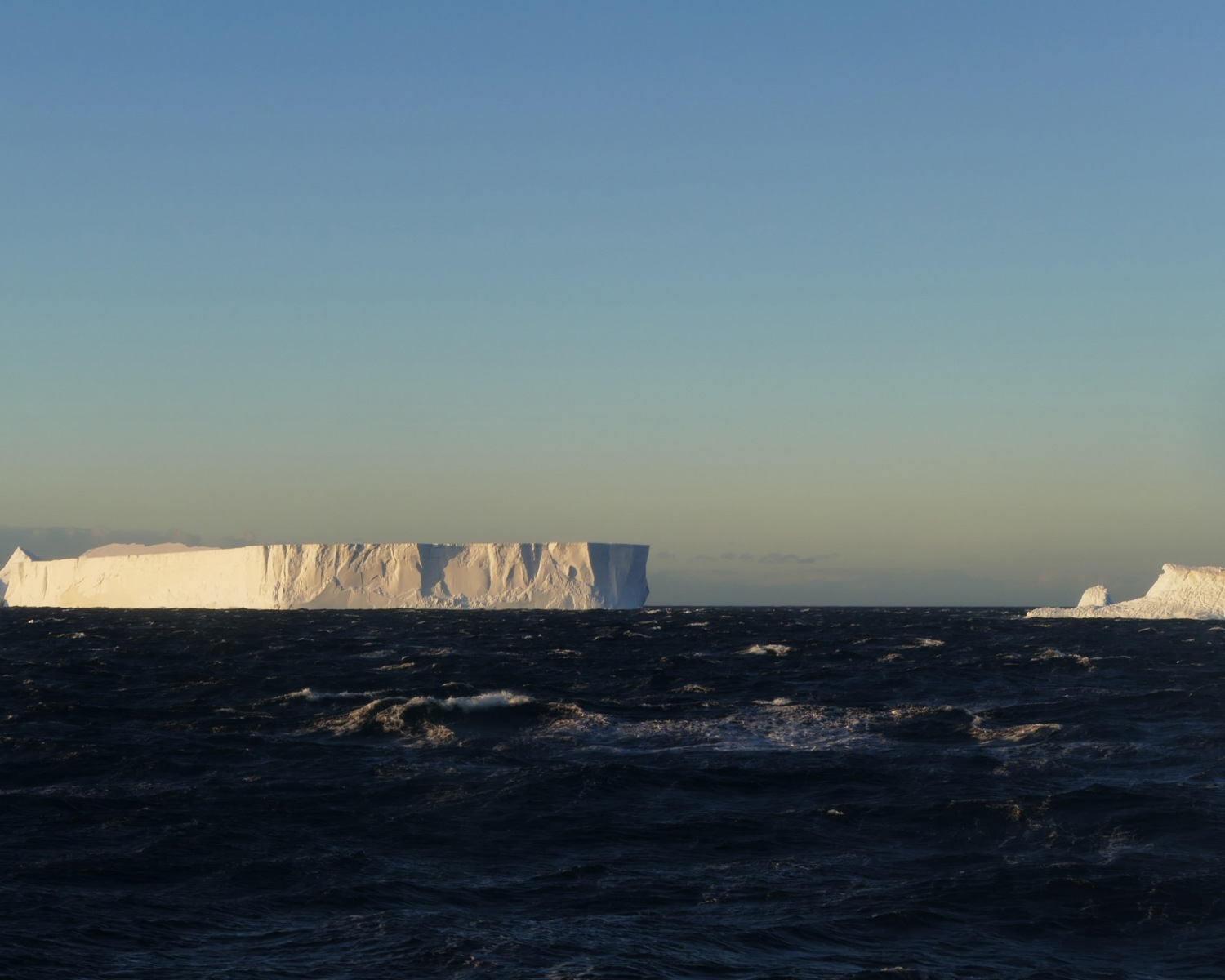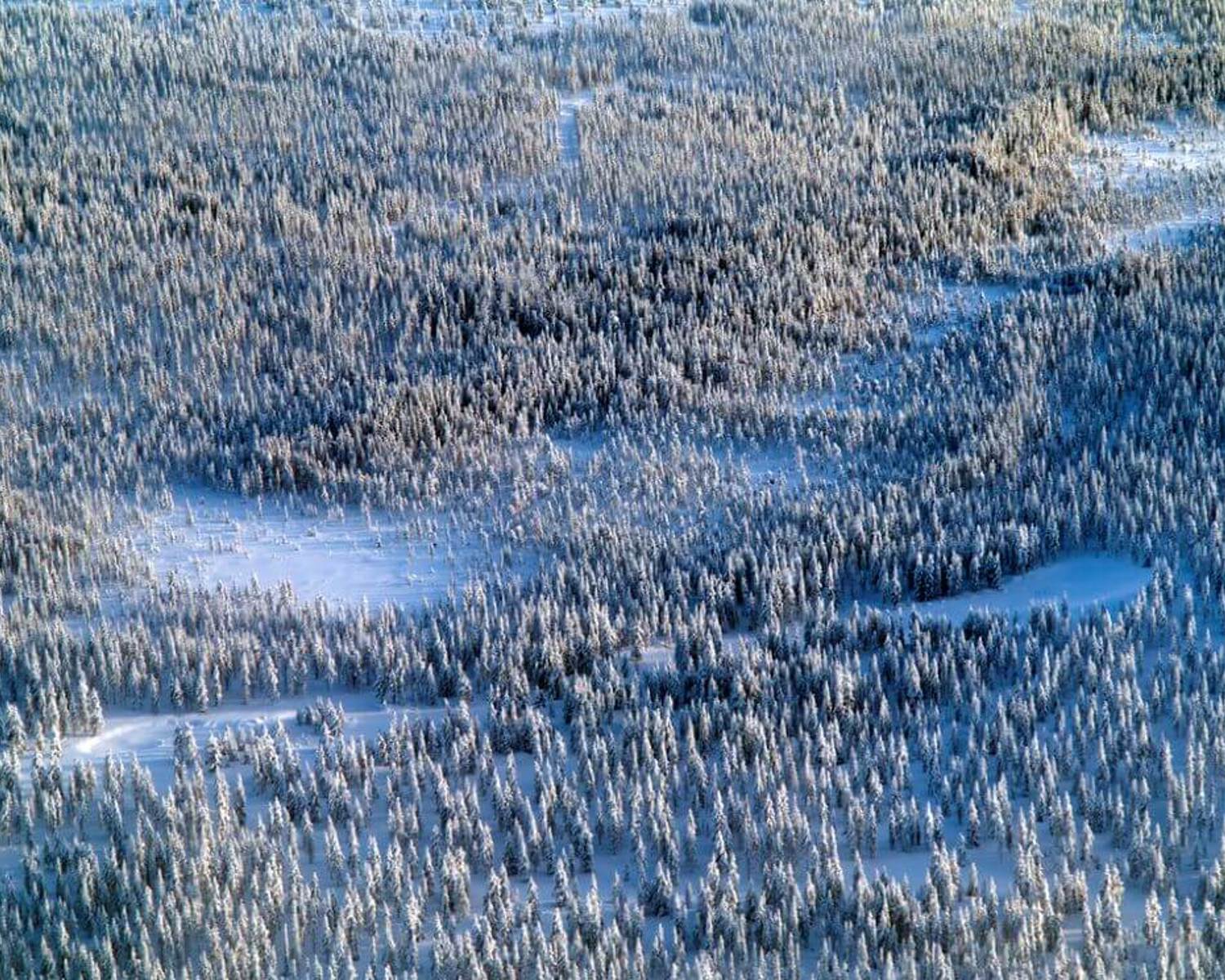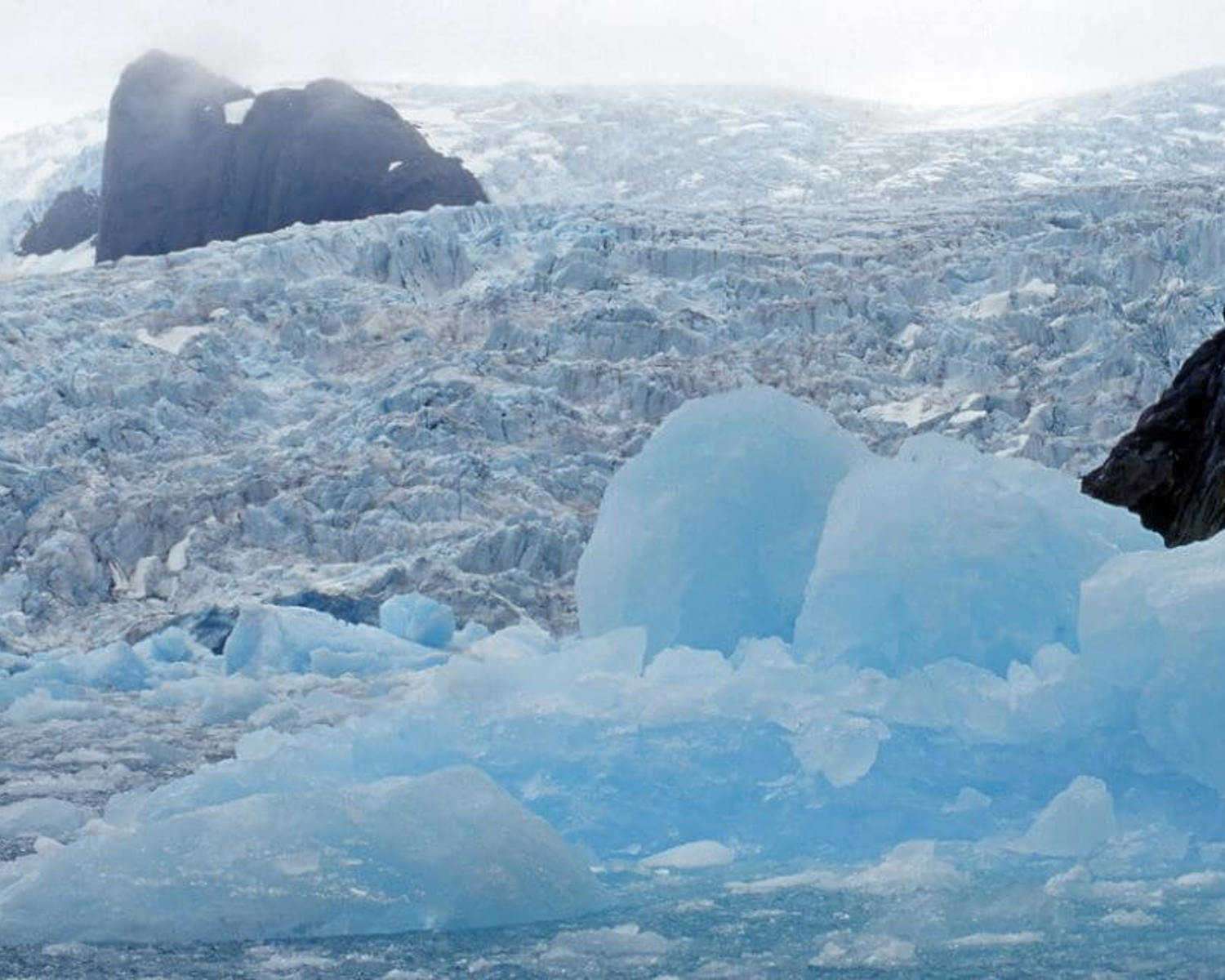Artificial glaciers
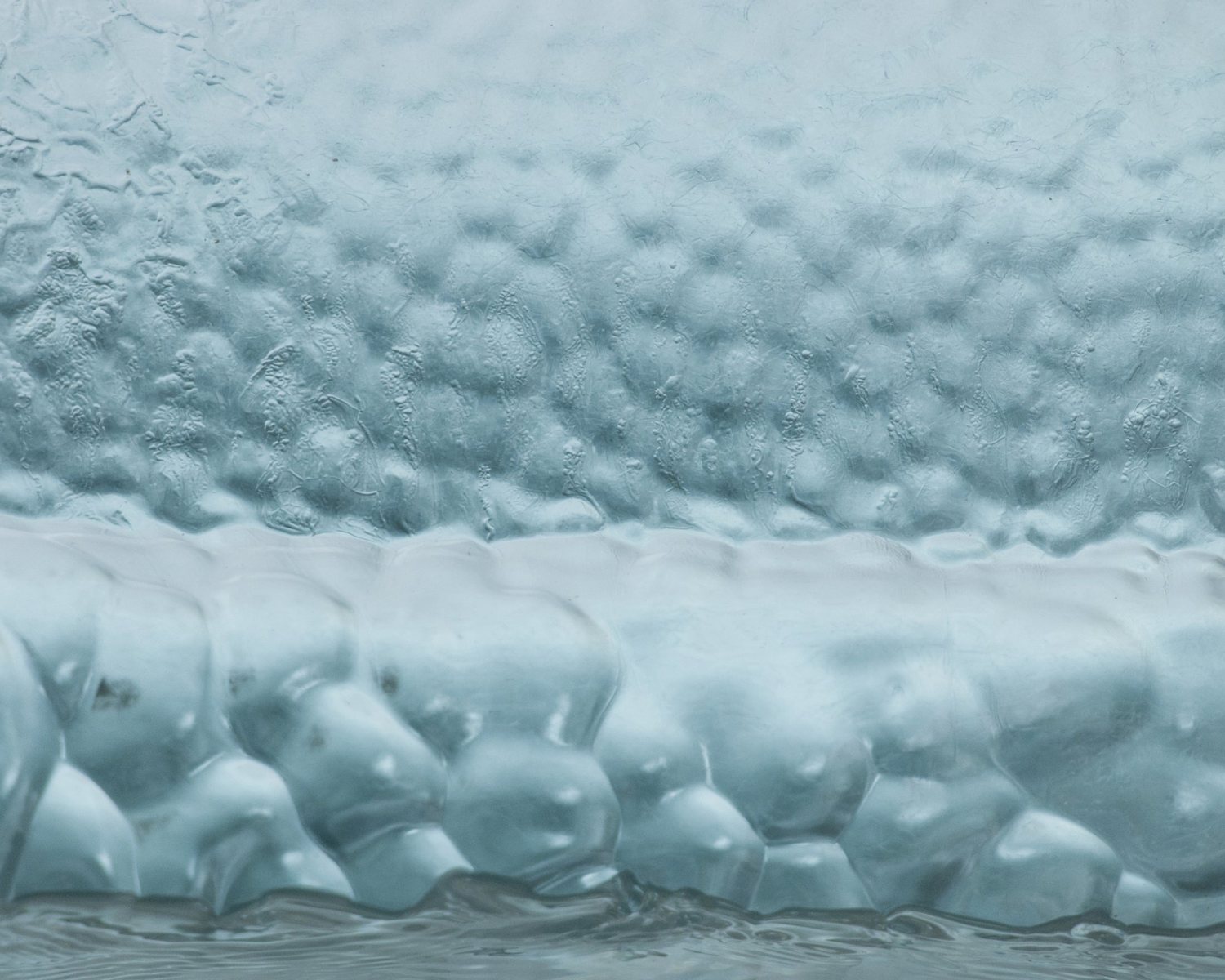
Several high mountain communities around the world have a long history of building barriers and other constructions that trap or hold meltwater by refreezing it (Nüsser et al. 2019b).
Nüsser et al (2019a) distinguish three different kinds of artificial glaciers in the Hindu Kush-Himalaya area. The most famous of these is the “ice stupa” which was developed in Ladakh (The Ice Stupa Project n.d.) and is being studied in the European Alps (Glaciers Alive n.d.). As the name suggests, ice stupas take the form of the Buddhist religious structures and are formed during winter by letting layers of water freeze over a previously constructed frame. The water used in this process is glacial meltwater that is deviated and sprayed over the frame by the force of gravity alone, without any extra energy requirements. The structure then slowly melts as temperatures rise, thereby providing a temporary but steady source of water for local communities. Artificial glaciers have also been built for cooling purposes, most famously in a large-scale project in Ulaanbaatar, Mongolia (Watts 2011). TEST.
Analysis overview

Technological Readiness Level (TRL)
High 3
Technological Readiness Level (TRL)
A technology with a TRL of 7-9: TRL 7 – prototype demonstrated; TRL 8 – system complete; TRL 9 – system proven

Scalability
Low 1
Scalability
Physically unable to scale; sub-linear/logarithmic efficiency of scalability

Timeliness for near-future effects
High 3
Timeliness for near-future effects
Implemented in time to make a significant difference

Northern + Arctic potential
Low 1
Northern + Arctic potential
No noticeable extra positive effect beyond the global average; technology is unsuited to the Arctic

Global potential
Low 1
Global potential
Insignificant to be detected at a global scale

Cost - benefit
Moderate 2
Cost - benefit
Significant investment costs needed, but still much cheaper than the avoided damage costs (e.g., 30%).

Environmental risks
Low risk 3
Environmental risks
Very limited, site-specific effects restricted to the solution deployment location only

Community impacts
Beneficial 3
Community impacts
Significant benefits to communities

Ease of reversibility
Easy 3
Ease of reversibility
Easily reversible naturally

Risk of termination shock
Low risk 3
Risk of termination shock
Low or insignificant termination shock or damage

Legality/governance
Possible 3
Legality/governance
Currently legal to deploy, with governance structures in place to facilitate it and/or financial incentives to develop it

Scientific/media attention
High 3
Scientific/media attention
Numerous scientific papers with substantial funding and ongoing research groups; significant media attention and "hype"; many companies exploring commercialization options
References
Balasubramanian, S., Hoelzle, M., Lehning, M., Bolibar, J., Wangchuk, S., Oerlemans, J., & Keller, F. (2022). Influence of meteorological conditions on artificial ice reservoir (Icestupa) evolution. Frontiers in Earth Science, 9, 1409. https://doi.org/10.3389/feart.2021.771342
Clouse, C. (2014). Learning from artificial glaciers in the Himalaya: Design for climate change through low-tech infrastructural devices. Journal of Landscape Architecture, 9(3), 6-19. https://doi.org/10.1080/18626033.2014.968411
Clouse, C. (2016). Frozen landscapes: climate-adaptive design interventions in Ladakh and Zanskar. Landscape Research, 41(8), 821-837. https://doi.org/10.1080/01426397.2016.1172559
Glaciers Alive. n.d. Projects. https://glaciersalive.ch/en/projekte/ [Accessed 8 July 2024]
The Ice Stupa Project. n.d. Artificial Glaciers of Ladakh. http://www.icestupa.org/ [Accessed 8 July 2024].
Nüsser, Marcus, et al. 2019a. Socio-hydrology of “artificial glaciers” in Ladakh, India: assessing adaptive strategies in a changing cryosphere. Regional Environmental Change 19: 1327-1337. https://doi.org/10.1007/s10113-018-1372-0
Nüsser, M., Dame, J., Parveen, S., Kraus, B., Baghel, R., & Schmidt, S. (2019b). Cryosphere-fed irrigation networks in the northwestern Himalaya: Precarious livelihoods and adaptation strategies under the impact of climate change. Mountain Research and Development, 39(2), R1-R11. https://doi.org/10.1659/MRD-JOURNAL-D-18-00072.1
Oerlemans, J., Balasubramanian, S., Clavuot, C., & Keller, F. (2021). Brief communication: Growth and decay of an ice stupa in alpine conditions–a simple model driven by energy-flux observations over a glacier surface. The Cryosphere, 15(6), 3007-3012. https://doi.org/10.5194/tc-15-3007-2021
Watts, J. (15 November 2011), Mongolia bids to keep city cool with 'ice shield' experiment, The Guardian, https://www.theguardian.com/environment/2011/nov/15/mongolia-ice-shield-geoengineering

